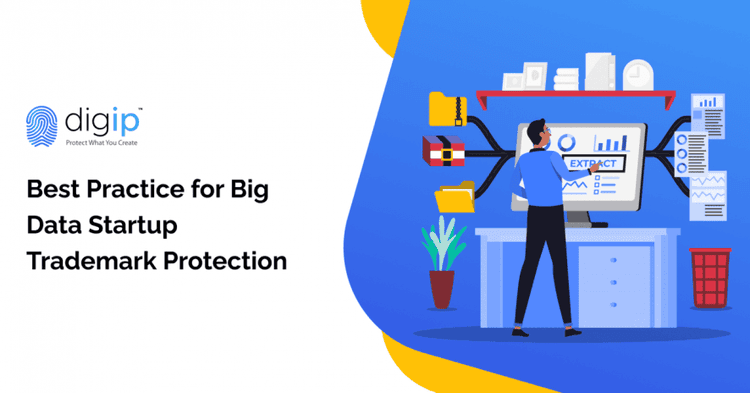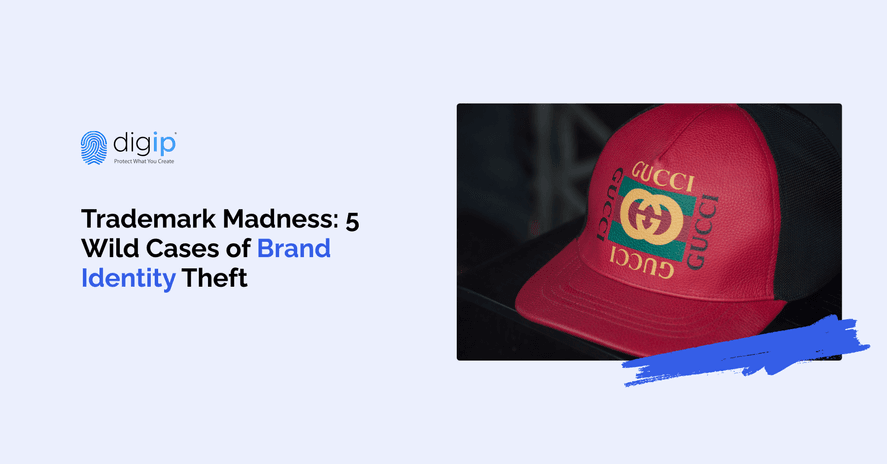
- Trademark
Best Practice for Big Data Startup Trademark Protection
If the stone age, ice age, iron age, etc., were named after the most frequently used resource, the age we live in can be called the data age, without any doubt. Today, our world churns and processes an unfathomable amount of data every second. This data can be extremely complex as well as insanely large in quantity and is termed big data.
Due to the ever-increasing value of data and the need to analyze, process, and obtain it from authentic sources, we have seen many big data tech startups over the last few years. These new companies use modern tools and equipment to prepare, extract, integrate, process, and manage intricate data obtained from multiple sources. Consequently, they use it to solve problems, fulfill their clients’ needs, and gain valuable insights.
If you are also thinking of starting such an organization, the next big step after thinking of a cool brand name and logo is giving your big data startup trademark protection.
Why Does Your Big Data Startup Need a Trademark?
Imagine some random dude off using your brand’s name and breaching people’s privacy for his benefit. Won’t it tarnish your brand’s reputation when people mistake his brand for yours?
This is exactly why trademarks exist.
After getting your startup trademark registered and certified, you can file against anyone who tends to use your company's name as their own. Hence you get full intellectual ownership of the name and logo.
Tips For Getting Trademark Protection For Your Startup
There is quite a lot of homework you need to do before you can register for a trademark. Some brainstorming goes into thinking of an attractive name, and a lot of research into finding out if the name is available for use or not. Likewise, you have to study the trademark categorization and find out where your tech fits in.
The whole procedure might be overwhelming, especially if you are already under pressure from the thousand responsibilities of launching a brand new business. So to help you get things easier to understand and follow, we have broken down the best practice for big data startup trademark protection into these small, simple steps.
1. Brainstorm Brand Name
The first step to getting your company's name registered is to think of a company name.
The name can be descriptive to let people know what services or products your company is offering. This way, it is easier to communicate the company's core proficiency. Some examples of businesses that have a descriptive name are:
- Toys R Us
- Bank of America
- YouSendIt
Alternatively, a name can be evocative. They usually comprise a common word and use it in a different context than is intended originally. Evocative brand names leave more room for creativity and enable the company to tell its story. Some brands using such names are:
- Amazon
- Apple
- Nike
- Windows
Inventing a new word to name your brand is also an option, although it requires more brainstorming and stronger marketing to make the public familiar with the new word. Quite a lot of companies use such invented names, for instance:
- Kodak
- Verizon
- Adidas
2. Confirm Its Originality
This shouldn’t be an individual step, rather done hand in hand with the first one. Run a search at different levels to find out if the name you chose is already in use or not. Either you can do a simple search on the internet or even hire a trademark attorney to do more extensive research.
3. Check For The Classifications
After you have made up your mind about the name, you have to register it. The USPTO offers up to 45 classes you can register your business under. These classes include both services and goods you might be selling.
For a big data tech startup, your business may fall into one or more of the following tech trademark classes:
- Apps and Software (Class 9) - This class covers the virtual technologies that comprise different apps and software.
- Data Management (Class 35) - Big data startups fall in class 35 due the data extraction and processing.
- Digital and Scientific Services (Class 42) - This category entails all the SaaS services you offer.
4. Applying For Registration
Once you are done searching for the appropriate category that fits your startup best, you need to send an application to your key market. The USPTO requires a pretty straightforward application process.
The registration form will ask you the following questions:
- Describe your trademark
- When did you first use it?
- What do you intend to sell under this mark?
- What category should your trademark be listed under?
Your application to the USPTO will accompany the following items:
- Your brand name or a graphic file for the image
- Some samples of your anticipated use of the trademark
- Registration fee
5. Maintain Your Trademark Protection
Although a trademark is registered for almost 10 years, you'll need to reapply after 5-6 years to confirm its usage in the market. Additionally, a trademark needs to be used regularly to ensure its ownership. Finally, always be on the lookout for competitor big data startups or any other business infringing your trademark.
- Trademark



